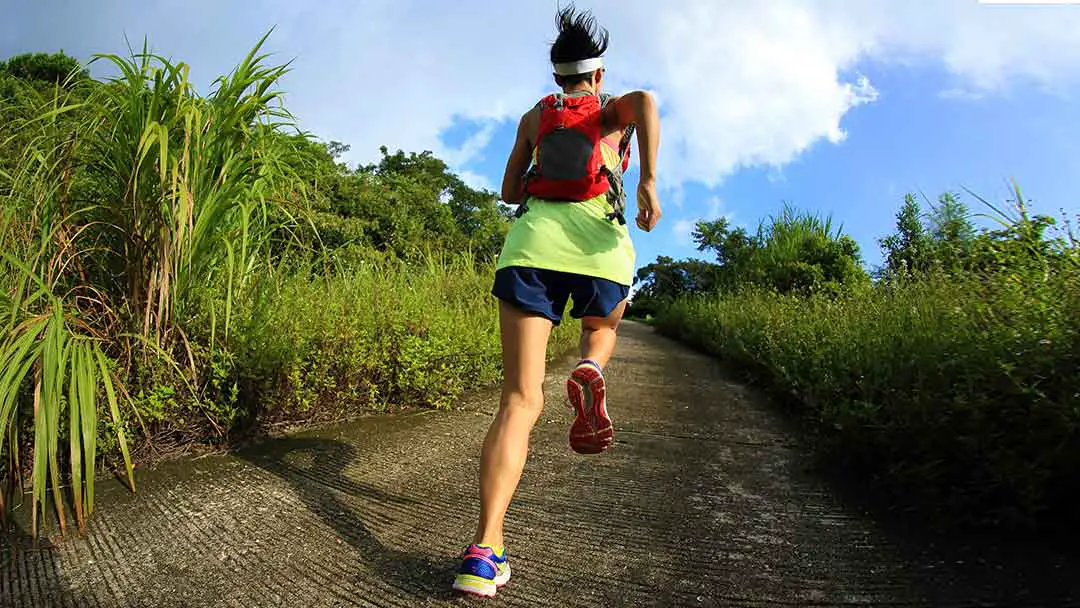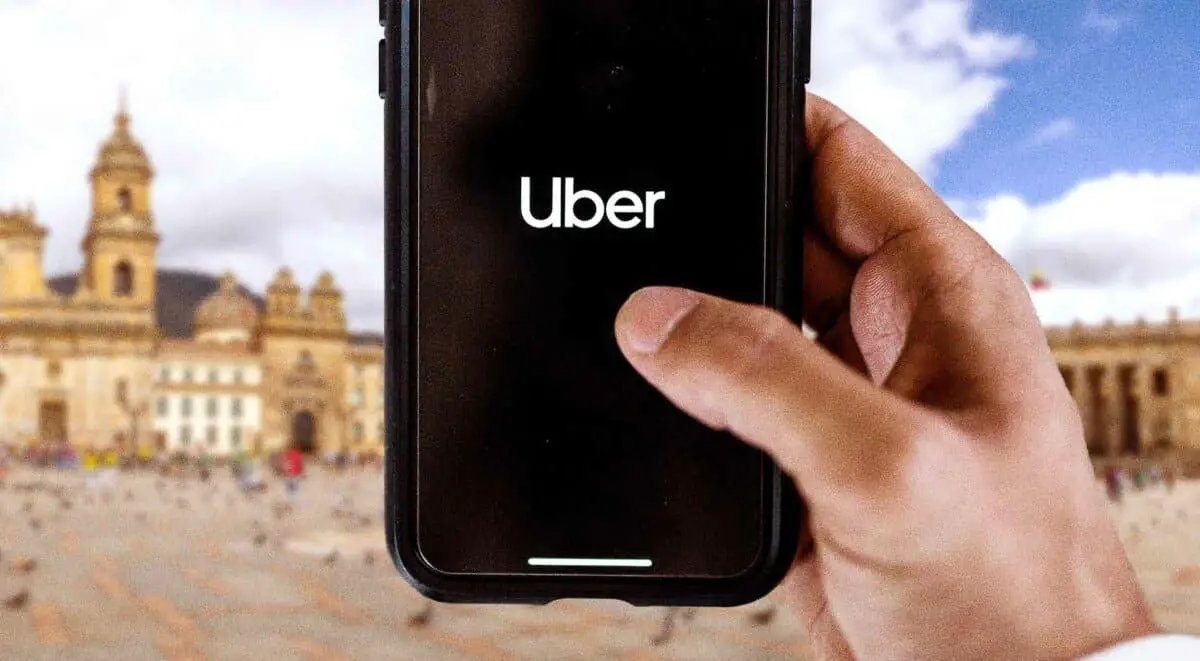Fastpacking vs. Ultralight | What’s the Difference?

As an Amazon Associate we earn from qualifying purchases made on our website. If you make a purchase through links from this website, we may get a small share of the sale from Amazon and other similar affiliate programs. You can read our complete legal information for more details. By using this site, you agree the information contained here is for informational purposes only. For specific medical questions, consult your doctor. NO information on this site should be used to diagnose, treat, prevent or cure any disease or condition.
Not all fastpackers are ultralight, and not all ultralight backpackers are fastpackers… but they all often carry similar gear.
I explain the main differences between fastpacking and ultralight and how they will influence your decisions on planning, gear, and level of fun! Let’s dive in.
What is fastpacking
Fastpacking is a thrilling outdoor activity that combines long-distance hiking with backpacking.
As discussed in the Ultimate Fastpacking Guide, you cover vast miles quickly by running, jogging, or occasionally hiking and packing only the essentials for a few days’ worth of travel.
If you can move rapidly with a minimal pack, you may be able to avoid the crowds, see more of the backcountry, and enjoy the outdoors for longer than you would if you were just backpacking.
Fastpacking advantages
One of the primary advantages is the ability to cover more ground and see more sights in a shorter amount of time than you could by simply walking or running along a trail.
With only the essentials needed to stay safe, you move, set up camp, sleep, wake up, and repeat the procedure.
It’s about challenging yourself both mentally and physically while completely submerging yourself in nature. Being able to rely solely on one’s own two feet to cover such a great distance in a relatively short length of time is a very empowering and liberating experience.
Another key advantage is the aerobic nature of running long distances. You’re bodies endurance is tested, and training for a proper fastpacking outing does take training which I discuss here.

What is ultralight backpacking?
Hikers who choose the ultralight gear typically use packs that weigh less than ten pounds. Your “base weight” consists of all of the non-perishable items in your pack (i.e., food, water, and fuel are not weighed).
Also not considered are the shoes and clothes you’ll wear every day on the trail. Things that are weighed are your sleep system, cooking system, additional clothing, electronics, toiletries, etc.
The average weight of an ultralight traveler’s bag is something that has been defined mainly by the community over the years.
I don’t think it is a hard and fast rule, but you know what people are like on social media. If you claim to be ultralight but don’t stick to made-up limits, be prepared to be chastised, haha.
Hikers are typically classified by the base weight they are carrying:
- The average pack weight for a regular hiker is over 30 pounds.
- Hikers that are considered lightweight use packs that weigh less than 20 pounds.
- Backpacks used by ultralight hikers typically weigh less than 10 pounds.
- Super Ultralight backpacks usually have a starting weight of fewer than 5 pounds.
Please keep in mind that the following is just a rough estimate of how much weight each of these categories of hikers typically carries and that the numbers may need to be rounded up or down by around five pounds to accommodate individual preferences.
The point is that, while making considerable sacrifices, ultralight trekkers can carry much less gear than the rest of us.
Safety is more important than sticking to a rigid base weight. I wrote this fastpacking base weight guide to help mitigate overweight pack issues.
Common ground
Fastpacking and ultralight backpacking have common ground, and most of the same gear is interchangeable. Just take a look at this fastpacking packing list, and you will see what I’m talking about.
Both will use a very light packable tent or perhaps just a bivvy and tarp.
Both will spend money on the lightest and most packable sleeping bag to keep them warm at night, and both will look for the most basic and lightweight sleeping mat, which will still allow them to have a good night’s sleep.
Both will have primary and light cooking setups, which might be a small gas canister, a gas stove, and a titanium mug.
Both will require proper nutrition and water supplies and sources.
Both will take a first aid kit, and both need navigation tools available. However, a fastpacker will more likely just have the route downloaded on a sports watch, whereas an ultralight backpacker may go old school and have a paper map.

Different ground
Perhaps the most significant difference between fastpacking and ultralight backpacking is intangible…TIME!
Generally speaking, fastpackers will look to complete their route in the fastest time their fitness allows. This is not because they hate nature and want to be back home as fast as possible; it is because they will enjoy trail running.
Fastpacking is more closely related to a sport than ultralight backpacking is, so fastpackers will be looking to achieve the best time possible for them.
Ultralight backpackers will not be as concerned about time; their concerns will have more to do with travel plans, the time they have off work, or the accommodation they have booked.
They will not generally be concerned with doing the trail as quickly as possible, as they will be walking, not running.
Ultralight backpackers will be more likely to take in the scenery, stop for photos, and visit tourist attractions along the way.
To be honest, I like both types, but it is crucial to pick one before the trip and stick to it. Otherwise, things get too complicated.
If you need more help with the decision of whether or not to get involved with fastpacking, this brilliant article will help you out, The 8 Pros and Cons of Fastpacking.

Final thoughts
Fastpacking, in my opinion, calls for a blend of qualities, including shrewdness, simplicity, functionality, swiftness, strength, endurance, and self-control.
Incorporating these considerations allows for safe and reliable assessments of individuals’ capabilities while in nature. Inadequacies in any of these areas will limit a person’s success.
As fastpacking is a growing sport, more and more options are opening up for participants. Also, more companies are making fastpacking specific goods, which allow people to go further and stay out in nature even longer.
Fastpacking calls for the same self-discipline as running, with the added difficulty of being on the move for days at a time while toting around a pack full of supplies.
It should be known that fastpacking is an extreme sport that requires mental and physical fortitude over many days. Those with more experience can use the wilderness better than those with less.
Athletes who use equipment that is both simple and light can better tune out the distractions of daily living and focus on their goals. Developing your fastpacking skills will allow you to go further, faster, and longer, thus elevating your sense of accomplishment.
So, go ahead and plan your next fastpacking trip! I might see you on the trail!



